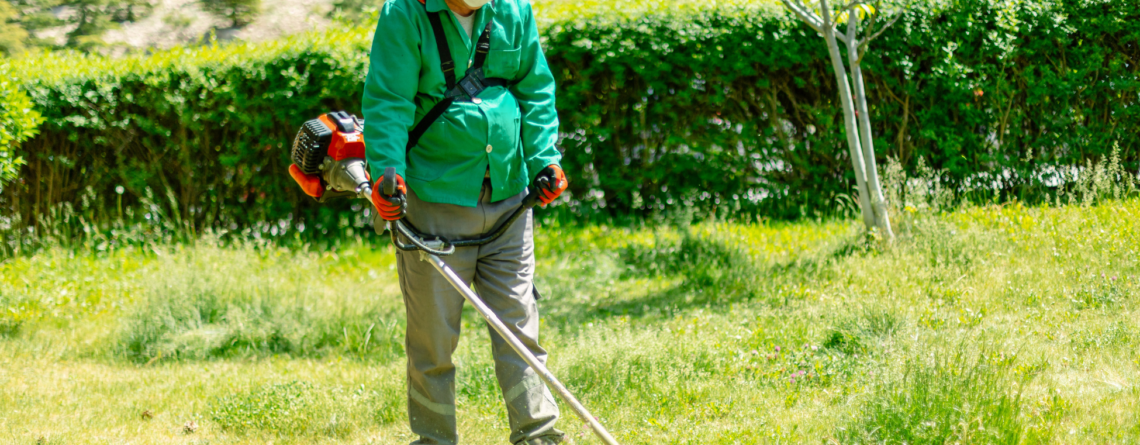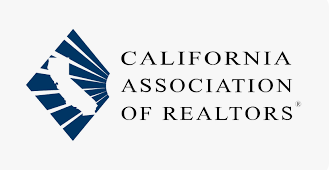Create a Fire-Defensible Space Now
Given our experiences during the last few years, all of us need to be diligent regarding fire safety. Although I’ve shared much of this information before, please keep reading as it bears repeating until we’ve all taken it to heart. Each one of us is responsible for the safety of our family and our property—and the safety of some of our neighbors, too. We need to do what we can to reduce the likelihood of a wildfire impacting our family and our community.
As spring arrives, now is a good time to prepare your property for the threat of wildfires. Clear flammable brush at least 100 feet from your home and trim trees at least eight feet off the ground. Do not allow tree limbs to hang over your roof especially near the chimney and clear any debris from your roof. If your neighborhood has aboveground utilities, keep an eye on electrical lines that go through trees—make sure there’s plenty of clearance. Locate woodpiles and other fuel sources at least 30 feet from all structures and maintain a 10-foot clearance area around them.
Most fires start small. I’ve heard a garden hose can do more in the first ten minutes than a fire hose in the second ten minutes. If you’re ready, you may be able to stop a fire from spreading. Be sure you know where the closest fire hydrant is, as well as your garden hoses and outdoor faucets. If you have a well, consider filling a 2000-gallon storage tank so it’s ready if you need it.
Even with all this preparation, you cannot always prevent a wildfire from destroying your home, as many local residents can attest.
Now, more than ever, it is crazy to go without homeowners insurance, and it’s important to know what your homeowners insurance covers, especially in light of a new “brush warranty” clause included in some policies. The brush warranty says your insurance company won’t cover your home for wildfire damage if your home is within 100 or 200 feet (depending on policy) of brush vegetation, even if the brush is on someone else’s property.
Having paid huge claims after the Redwood Complex Fire in 2017 and the Mendocino Complex Fire in 2018, insurance companies are doing their best to reduce the risk of additional payouts. If your policy is up for renewal, be sure to read the whole thing before signing it. As I’ve said before, “The big print giveth and the small print taketh away.”
Most renters hear the term “homeowners insurance” and assume it isn’t for them. They’re wrong. While they may not own the structure they’re living in, they have a home where everything except the structure can be covered by a homeowners policy.
I strongly urge you to purchase homeowners insurance through a local agent who can walk you through the various options. When you buy an online policy, no one explains the details. The “deal” you think you’re getting may include a 200-foot brush warranty, for example. As I said, insurance companies are taking a hard look at rural Northern California. Certain areas in Mendocino County have “brush hazard scores” above 80 (on a 100-point scale). Anyone with property with a score in the mid-80s or higher is going to have a hard time finding affordable insurance.
While homeowners insurance is helpful after a disaster, it’s best to be prepared, because some items cannot be replaced. In addition to food, water, and medications for you and your pets, you’ll need clothing and fuel for your vehicle. If you have time to pack more than the essentials, I recommend grabbing photo albums, family heirlooms and keepsakes, important documents, and if you can, your computer. For more information about wildfire preparedness, visit www.readyforwildfire.org.
If you have questions about getting into real estate, please contact me at rselzer@selzerrealty.com or call (707) 462-4000. If you have an idea for a future column, share it with me and if I use it, I’ll send you a $25 gift certificate to Schat’s Bakery. Dick Selzer is a real estate broker who has been in the business for more than 40 years.






